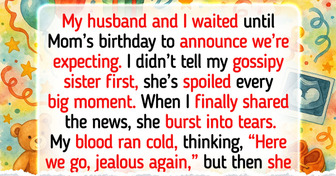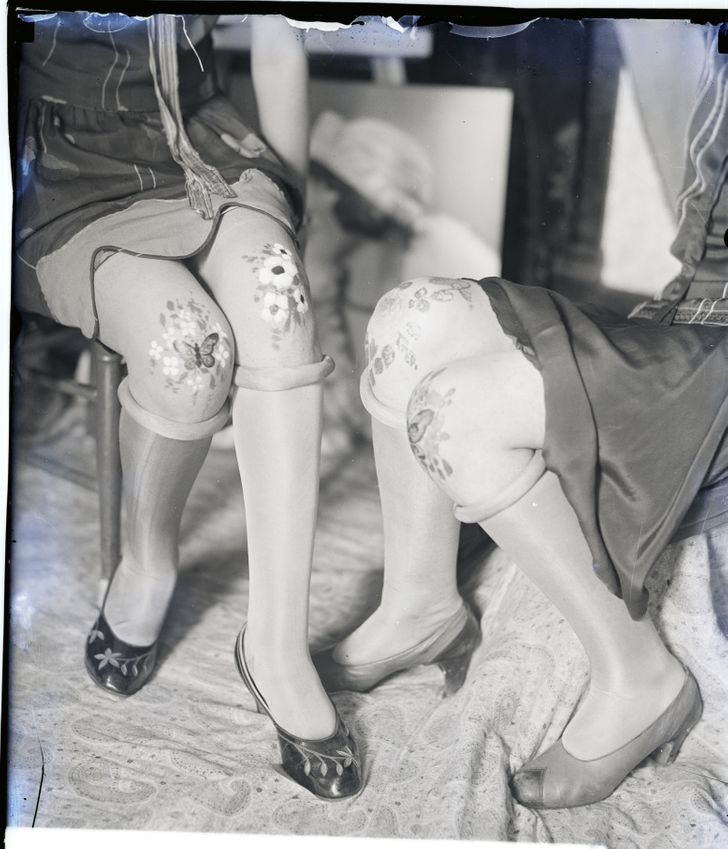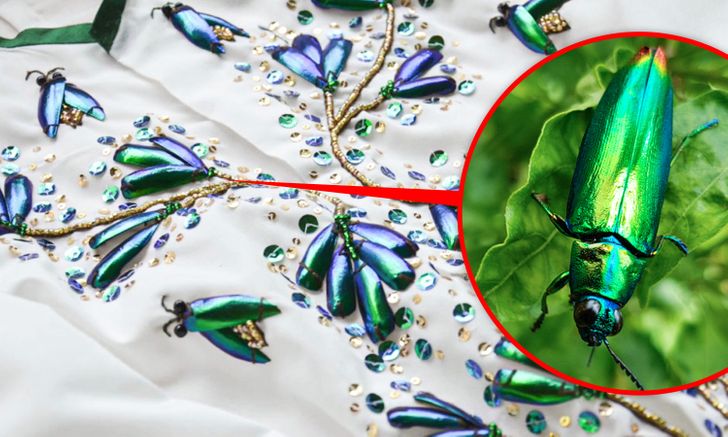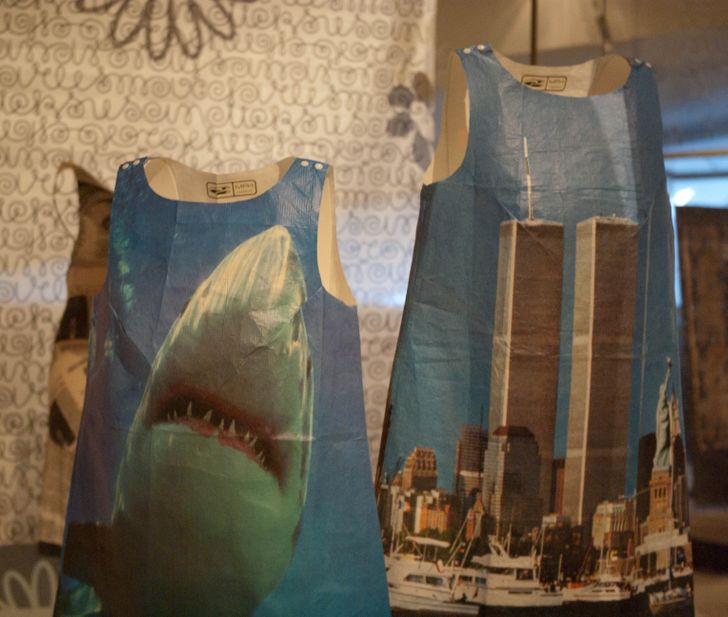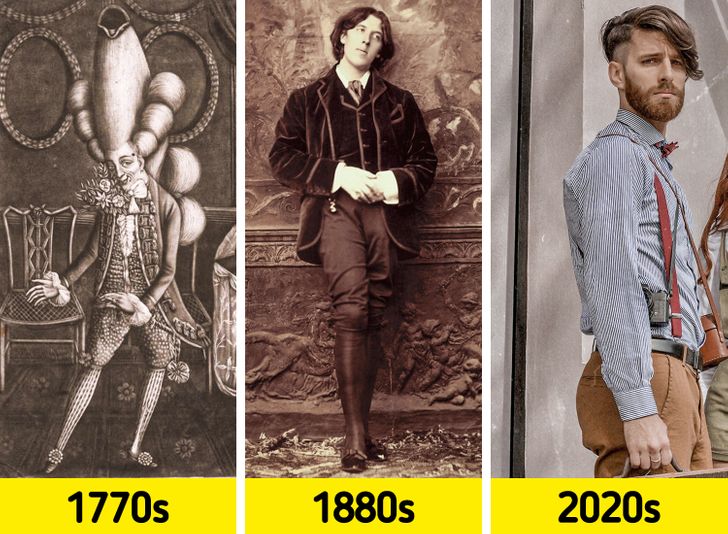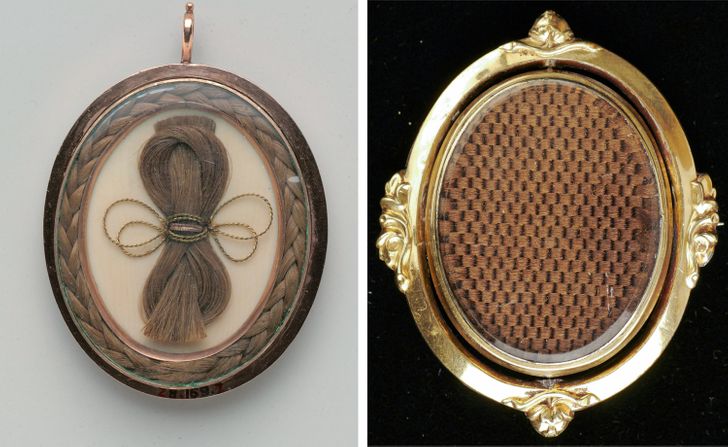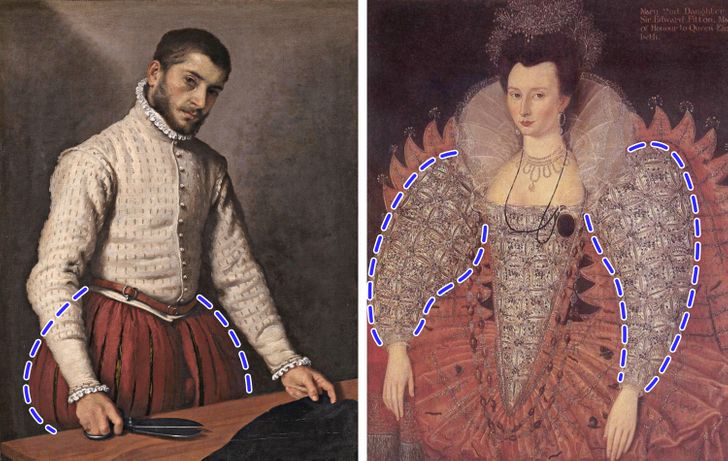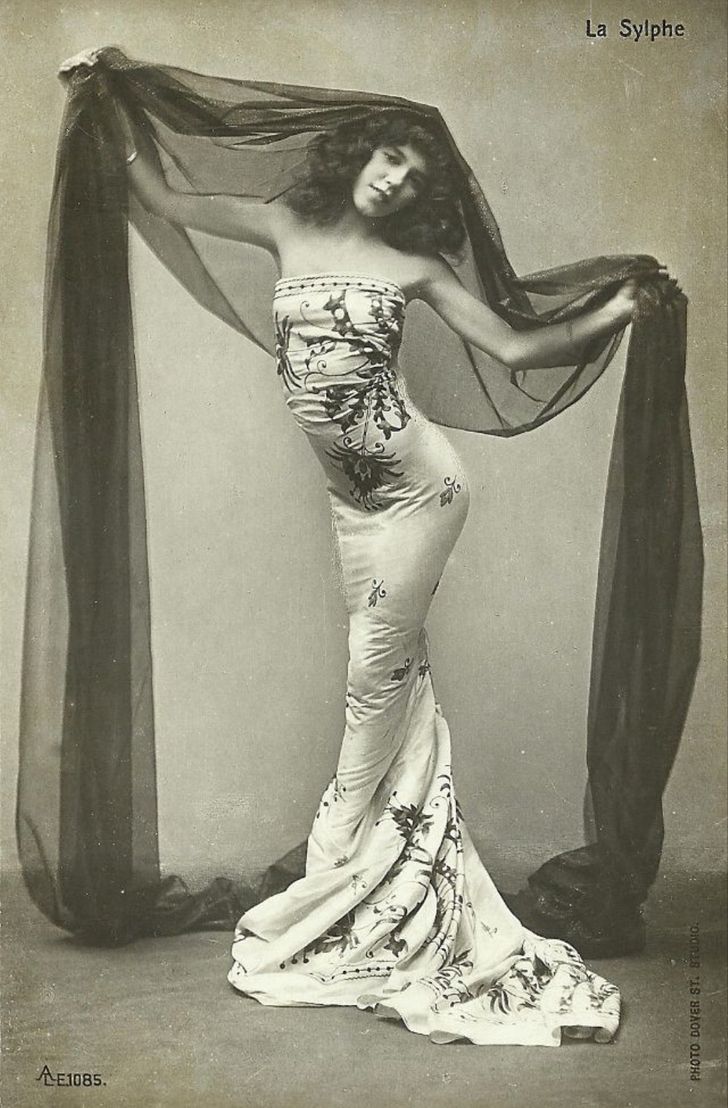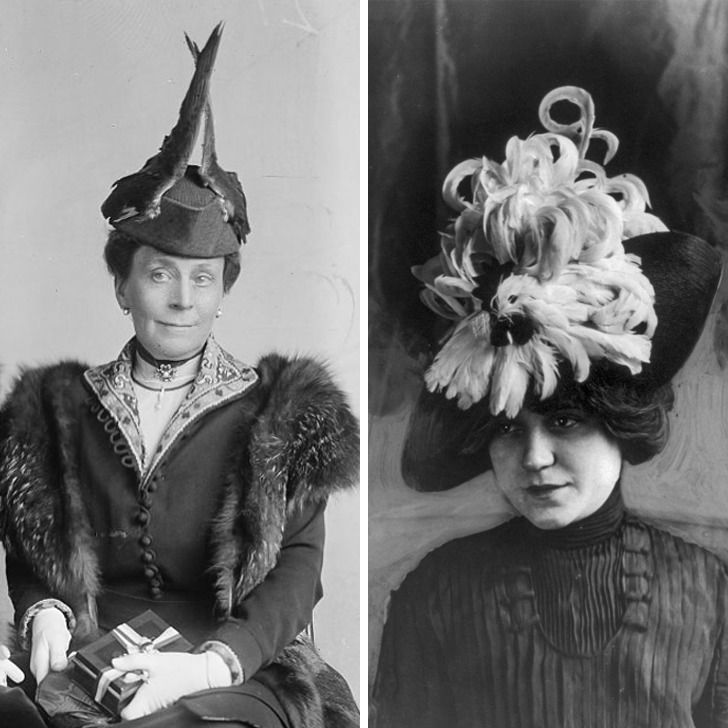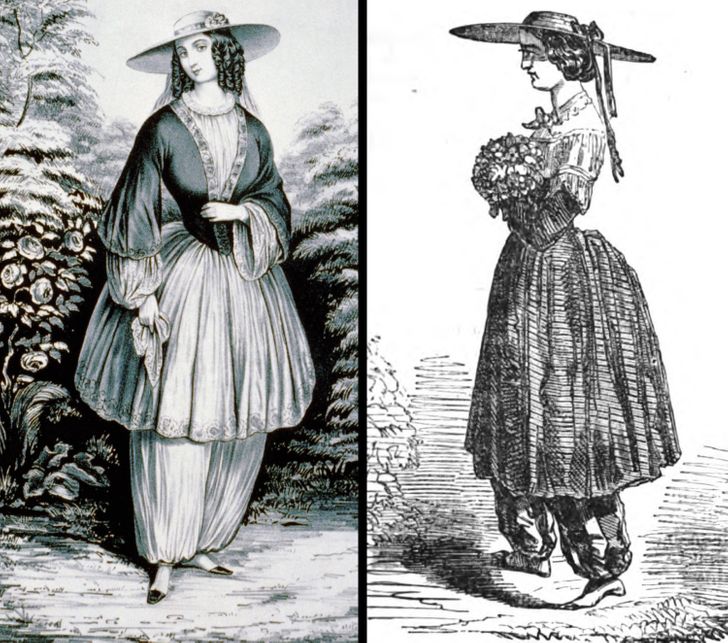I'd try the last one but without old hair
12 Bewildering Fashion Trends From the Past That People Used to Follow Like Crazy
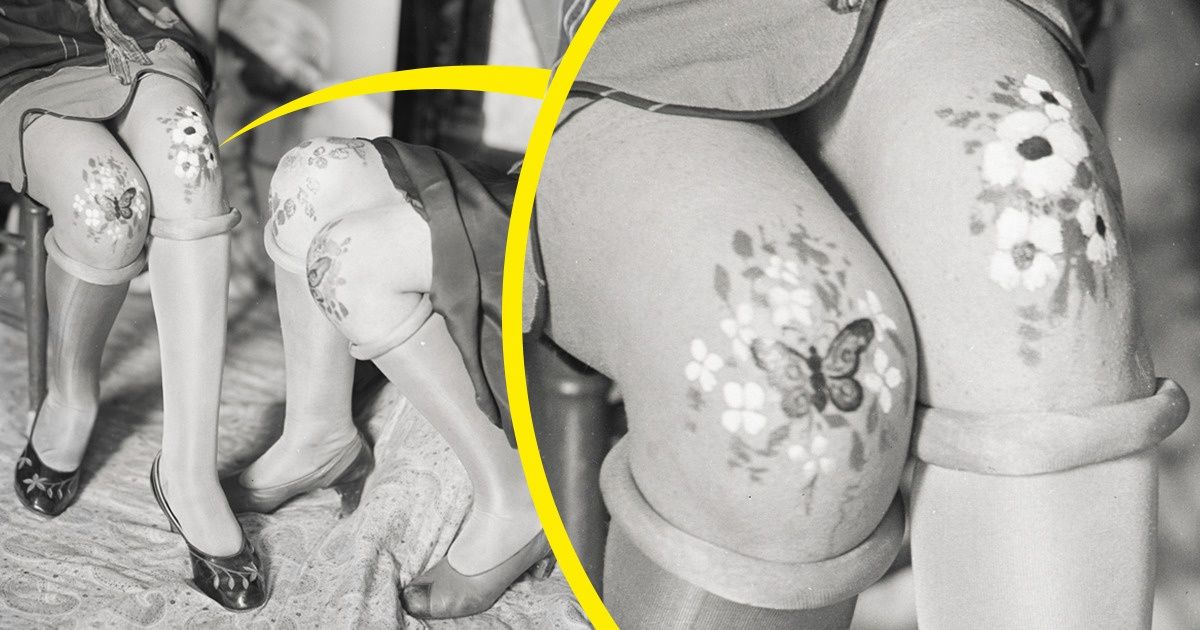
The history of fashion is bizarre and full of surprises. For example, eyeliner was invented by ancient Egyptians and didn’t make a comeback until the 1920s, thanks to the discovery of the tomb of an Egyptian pharaoh. People became obsessed with everything Egyptian, including circles around the eyes. Who would have guessed that a mummified king would be a source of fashion inspiration!
Bright Side invites you to delve into the weird things people of the past did with fashion — kitsch, grimy and weird things, and things that we absolutely adore.
1. Knee painting
Young girls in the 1920s — a generation called flappers — did a lot to assert themselves. Bobbed haircuts, skirts shorter than their Victorian mothers could imagine, and — scandalous! — the clear view of their bare knees. Furthermore, sometimes they painted pictures on their knees to accentuate their daring rolled stockings and with it — their independence.
In society’s eyes, these painted knees were the flappers’ version of the thong straps above low-waist jeans, or temporary tattoos in the form of: flowers, butterflies, ocean scenes, and the faces of their sweethearts or their family’s dog.
2. Bug decorations
One Victorian newspaper tells about a woman who created a spectacular piece of jewelry. She strapped a diamond to the back of a beetle and trained it to fly around her neck, creating a necklace. Whether this story is true or not, one thing was undeniable: insects were trendy.
Trendy ladies dotted their hairdos with fireflies and leashed live beetles to pins, letting them roam over their bodices. Dresses were embroidered with real beetle wings and hairpins were perched with moths. Despite how gross it sounds, the dresses actually looked amazing: the colors were very vibrant and shiny, and the decorations didn’t look like bugs at all. Think of it as 19th-century glitter.
3. Paper dresses
In the 1960s in the US, a new type of novelty item arose: clothes made of paper. The market went bananas with paper dresses, vests, bridal gowns, and even underwear, bikinis, and raincoats. The designs were pop-culture-inspired and whimsical, but naturally short-lived and didn’t last longer than 2-3 wears. What could be more “fast fashion” than that?
4. “Macaroni” fashion
Forget the dandy: it’s time for the macaroni to take the fashion stage. This was the name for trendy fellows in 18th century England, who dressed and spoke in an extremely outlandish manner for their time. Skinny men wearing tight pants, short coats, flashy shoes, striped socks, and last but not least, their trademark exaggerated wigs. Someone who we could confidently call an 18th-century hipster.
5. Hair jewelry
Who would want to wear a bracelet made of their loved one’s hair? Well, Victorians did. It was considered a more somber type of jewelry, often associated with mourning. In the 19th century, hairwork became a popular hobby, contesting knitting and crocheting, and ladies learned how to twine small strands of hair into intricately done rings, earrings, bracelets, necklaces, and sometimes even bags.
The simple truth behind this fashion is that people died a lot back then. It wasn’t unusual to lose several family members by the age of 30. Subsequently, people spent a lot of time in mourning, and a whole mourning fashion emerged. It was a mindset very different from ours: if you’re gonna be in mourning every 6 months, you’d better rock it.
6. Bombasting
The upper classes of the 16th century went absolutely feral with bombasting. Bombast was a mixed form of stuffing that went everywhere — arms, legs, shoulders, and even bellies, to make these body parts seem larger. In extreme cases, people would carry around 6 pounds of this stuff inside their clothes.
7. Snake silhouette
A new silhouette of fashion emerged at the very beginning of the 20th century: an “S-Line” corset style. This corset could be laced tighter than ever before and created a snake-like silhouette, with an extremely small waist and hips.
8. Bullet bras
For some unknown reason, someone in the 1940s decided that it would be cool if women had cone-shaped breasts, that looked like a bullet or a rocket. Thus bullet bras came to be. They were very popular in the ’50s, yet Madonna famously wore one on her tour in the 1990s. Each time you see a female robot with a triangle bust — it’s the bullet bra’s legacy you’re seeing.
9. Bird hats
Sadly, a lot of animals died during the nineteenth century in the name of fashion. The most spectacular example was the way birds were used to decorate hats. Ladies would either have a whole wing or, in some cases, an entire bird on their heads. Sometimes they even made them look like they were still alive, positioning the bird on the hat to look like it was about to take off and fly away.
This soon became a growing problem because the bird population rapidly declined. In the late nineteenth century, there was an entire women’s movement against wearing birds on hats. This is encouraging to hear because we tend to think that people back then didn’t care about the harm they were causing or that they simply were unaware of it. But they did realize this, and they actively fought against it.
10. Bloomer suit
Back in time, when pants weren’t yet a normal part of the female wardrobe, one lady was noticed in a strange outfit, consisting of a short skirt, a tunic, and pair of Turkish pants. Amelia Bloomer, an editor of the first newspaper for women, saw that outfit and said something along the lines, “Girl, that’s a look” and decided to give it a try. She shared the idea with her readers and kicked off a literal fashion craze.
11. Arsenic dress
There’s a beautiful shade of green called Scheele’s green, which could be achieved by dyeing cloth with arsenic, a lethal chemical element. In the Victorian era, arsenic was sold freely in grocery stores and often used as a coloring pigment. Many people suffered skin reactions, and some of the dress-makers died from exposure. You can safely call it killer clothing.
12. “Hair rats”
If you’ve ever wondered how ladies of the past achieved such large hair, the answer is hair rats. This unappealing tool constitutes the foundation for a hairdo that was made of — eh, their own hair. Ladies collected their old hair from hairbrushes for months and later stuffed them into the net. The result was a pad over which you could roll your own locks however you want. Gross? Maybe. Useful? Absolutely.
Would you try donning some of these trends? Which one?
Comments
Related Reads
My Husband’s Daughter Called Me a Gold Digger, So I Gave Her an Answer She’ll Never Forget
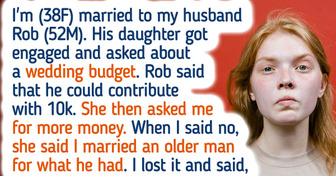
I Refuse to Wear a Bra to Please My MIL
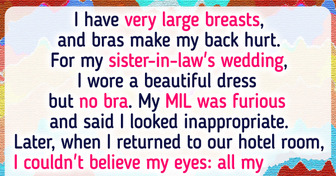
A Father Banned His Daughter From His Wedding, but She Was Not the One to Take It Easy
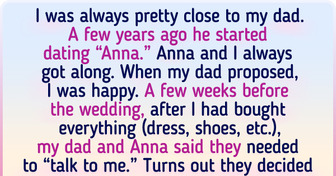
My Life Literally Fell Apart After Divorce, but My Ex-Wife’s Got Only Better

My Husband and I Have an Open Marriage, and I Found Out I’m Pregnant With Another Man’s Babies
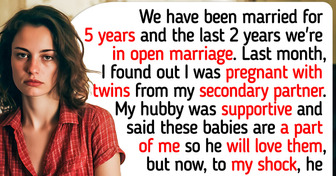
15+ Comics That Show How Modern Life Is Different From How Our Parents Lived
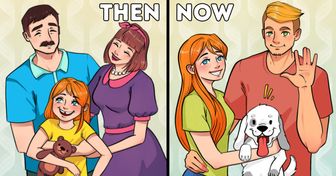
I Refused to Share My Inheritance With My Partner — I’m Not His Backup Plan

I Refuse to Let My Daughter Treat My Home Like Her Business, I’m Not Her Personal Maid
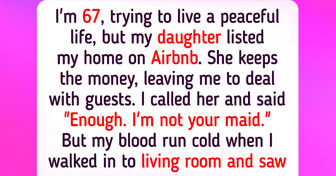
10 Mothers-in-Law Who Know How to Stir the Pot

10 Travelers Who Took “Breaking the Rules” Way Too Far

13 Times People Accidentally Uncovered Someone’s Biggest Secret

I Refuse to Let My Sister Hijack My Pregnancy Announcement
